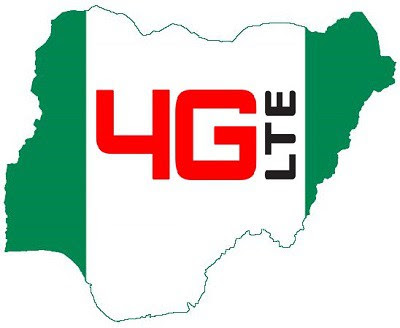4G-LTE is the 4th Generation mobile communication network in the Long-Term Evolution series (a technical process for high-speed data for phones and other mobile devices), taking mobile communication to a whole new level. The 4G-LTE network which evolved from the UTMS 3G/HSPA+, brings a total paradigm shift from the circuit switch network architecture to an all Internet Protocol (IP) packet switch architecture thus bringing a total end to the Telco/ISP “dichotomy” and data to the forefront over the traditional telecommunication services.
While the technical details surrounding this evolution might not be of interest to everyone, you should at least be aware of the service expectations 4G-LTE network offers.
From experience and research, users/customers on 4G-LTE network are expected to enjoy the richness of very high speed which is normally expected of an evolved network but what is promised of 4G-LTE is not a speed that is just better than the previous network, rather an amazingly faster speed with download speed that is four to five times faster than the 3G networks. Thanks to the many technical improvements in the Transmitting (Tx) and Receiving (Rx) antennas and its encoding Multiple Input Multiple Output (MIMO), Orthogonal Frequency Division Multiple Access (OFDMA) in the downlink and Single Carrier Frequency Division Multiple Access (SC FDMA)in the uplink which provides high levels of spectral efficiency and end user data rates. The speed and the 100% end-to-end internet connection are the underlying attributes for 4G-LTE fantastic services which offers a quicker and richer way to utilize and experience the internet as well as opening new possibilities for both business and personal lives.
Another expected feature is High Definition Audio Quality which is attributed to its use of wide range of frequencies for encoding and transferring audio signals thereby making it possible for users to experience high definition audio quality during voice calls and other audio services. The Voice over LTE (VoLTE) technology makes calls connect faster and reduces delays and jitters to barest minimum. It is expected that once users experience the difference in audio quality, they would never want to go back to the circuit switch narrow band again.
The 4G-LTE network is expected to support true unified communications being an all-IP network and make the previously exclusive broadband enabled services such as presence, voice and video conferencing, virtual multimedia services and a host of other services requiring a reliable broadband internet connection to now become basic services on mobile networks. As a user on 4G-LTE network, you are expected to have access to uninterrupted online gaming and other interactive multimedia, live broadcast streaming, mobile video blogging, excellent audio and video conferencing capabilities as connecting up to 4 users in a single video call and up to 7 users in voice calls, among others. The all-IP attribute of the 4G-LTE network makes it possible for users to seamlessly switch from their mobile network to their Wi-FI connection (home, office, hotspot, etc.) while on a service without interruption, meaning you don’t need to worry about a service glitch like a call drop if you are switching from your mobile network to your Wi-Fi network and you can save up significantly on your roaming bills if you make calls on a Wi-Fi network in another country as it would be just as if you are making a normal call in your network domain.
With the 4G-LTE network, you are expected to be able to talk on the phone and simultaneously surfing the internet on your phone without any interruption or trade-off, you should be able to switch between voice calls, video calls, and other varieties of quality-of-service driven services in just a single click with no glitch. You should also be able to wait on a call without termination until the called user picks your call, thanks to the better scheduling and call admission control techniques attribute of the 4G-LTE network.

No comments:
Post a Comment